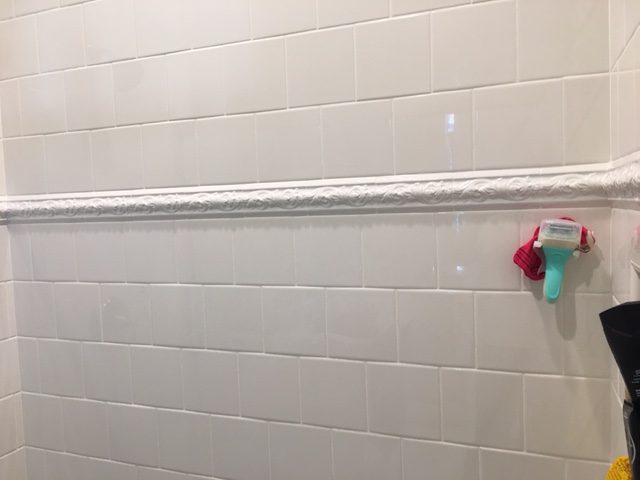QUESTION
We’ve been struggling with production when it come to installing “stackable” wall tile. I’ve been installing for 31 years and stackable wall tile used to be fairly simple. It seems that installers today are having more trouble than ever getting their footage numbers due to bad tile sizing. We’ve shown several samples to the factory reps, but the answer always seems to comes back as “yes, these tiles are actually within tolerance.” Go figure! I was wondering if you could possibly help me to determine how to gauge what is considered out of tolerance and how to pursue the manufacturer about this problem. Thanks for any and all insight.
ANSWERS
I’ve not heard this complaint very often, maybe because of the shift away from the use of stackable wall tile. The ANSI A137.1 standard for size difference seems to be a very liberal number allowing quite a bit of difference before the tile doesn’t meet standards. I do think there can be significant difference depending on the manufacturer of the material. If another manufacturer makes a similar material, there might be a better substitute.
Because stackable wall tile has a set grout joint size usually 1/16”, if the tile has very much deviation it may not meet minimum grout-joint size tolerances. The TCNA Handbook says the minimum grout joint should be three times the facial deviation of the tile themselves. The example they give is for tiles that deviate 1/16”, you should not have grout joint smaller than 3/16”. You could create a larger grout joint to hide some of these size differences, but those changes would have to be approved by the end user. Also, the fact that the tile is stackable is desirable to some installers because installations can be done quicker. I think speed was a major issue to begin with.
Looking for a substitute, or changing the grout joint size, are the only things that come to mind.
– Robb Roderick, NTCA Technical Trainer
Testing might help, but just to note, TCNA will only measure and report the tiles supplied. They won’t assess whether the tolerances actually apply in a given scenario or look at any other nuances that could be relevant, for example whether there is a spec requiring the tile to meet A137.1, or if the manufacturer claims conformance to it. There are enough instances where these things are not the case. Testing costs money, and there is not much reason to have it done if meeting the standard isn’t somehow expressly required in the first place. When conformance to A137.1 *is* required, there are also sampling and lot acceptance criteria in the standard that allow for some of the tile to be outside the tolerances. It’s not a huge amount, but just mentioning it.
I agree with Robb’s suggestions on looking for a substitute or changing the grout-joint size. But I’d want to know more before making changes, just to be surer about the root cause. For me, that would influence whether the additional cost of improving the look is something that could/should be charged for.
I’d be really interested in knowing more about these tiles or getting a box. If they truly meet standards but are taking significantly more effort labor-wise, and this is happening more and more, that would be something to possibly try to address in the standards arena. It could be a PSA for contractors, or for GCs, given to them by contractors.
– Stephanie Samulski, NTCA Technical Director


Robb Roderick
Robb Roderick has been in the tile industry for nearly 25 years. He has worked with homeowners, builders, architects, and interior design professionals on projects in both residential and commercial settings. Prior to coming onboard with NTCA, Roderick was a member of the association for several years and is a CTEF Certified Tile Installer. He graduated from Missouri State university in 2000 and has also served in the United States Army as a medic. Roderick tours the country bringing NTCA Workshops and CTEF Educational Programs to local audiences nationwide.







